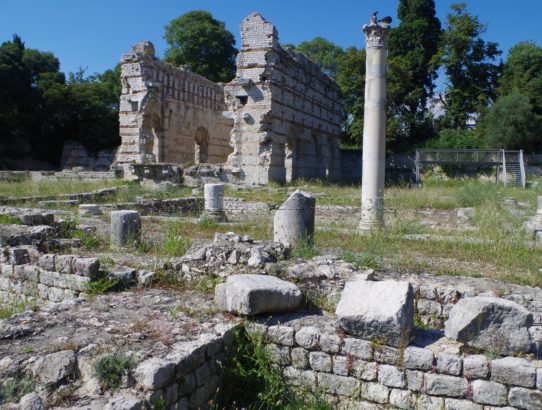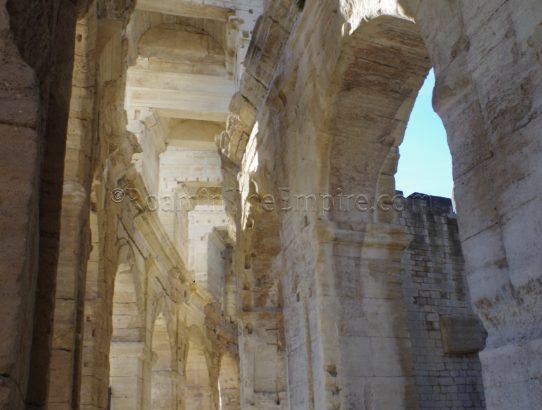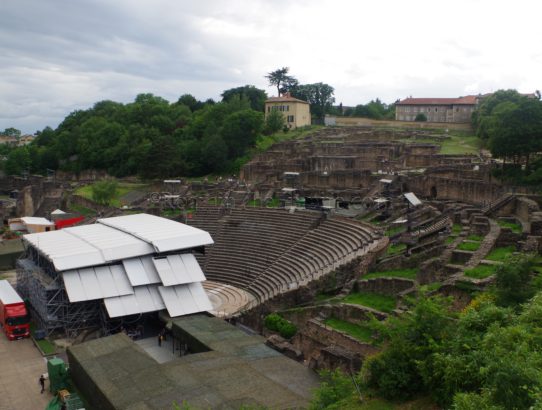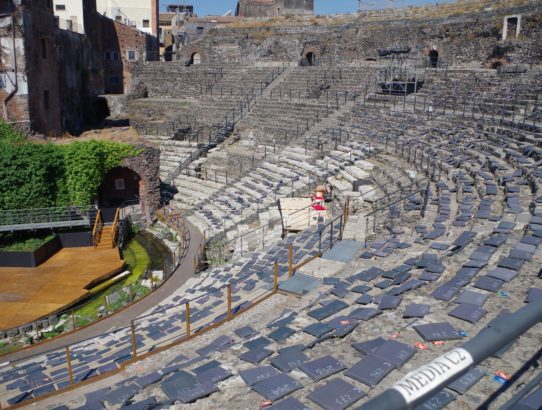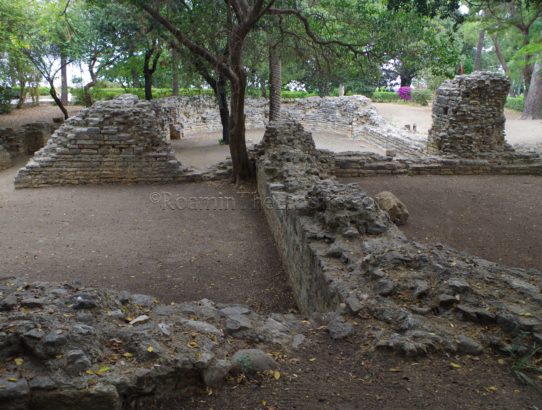Caralis, Sardinia – Part I
History Scattered among the bustling modern capital of Sardinia are the remains of the Punic and Roman city of Caralis. The favorable geography around Caralis attracted habitation in the area dating back to the Neolithic age. Sometime in the late 8th or early 7th century BCE, the Phoenicians established a colony here called Karaly, one…
Read More




